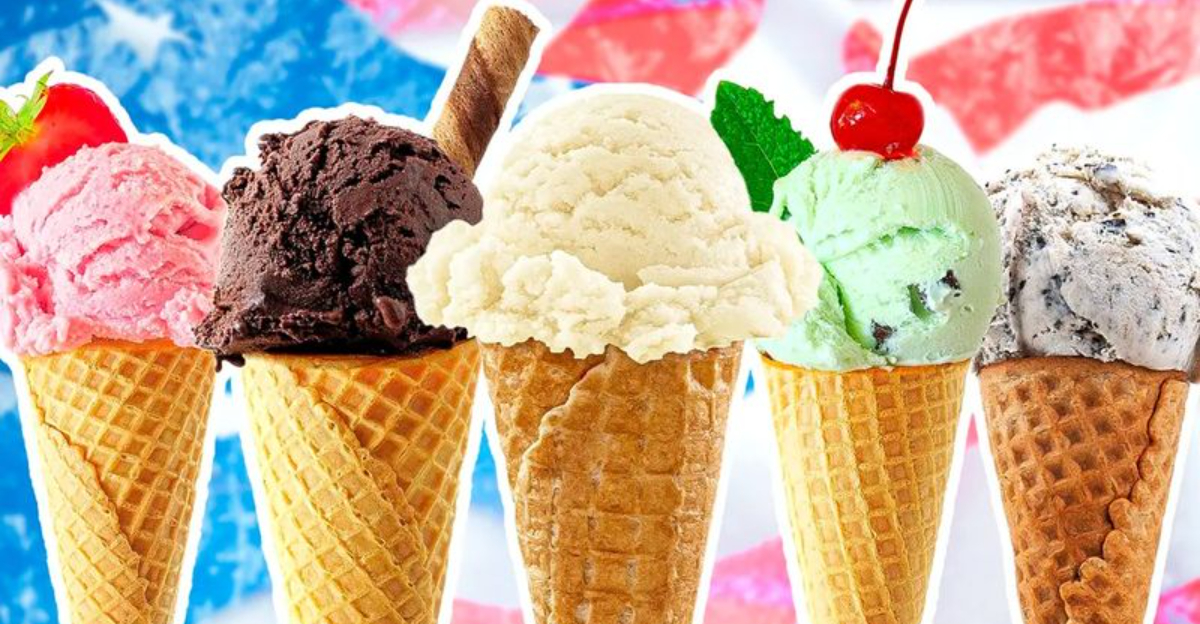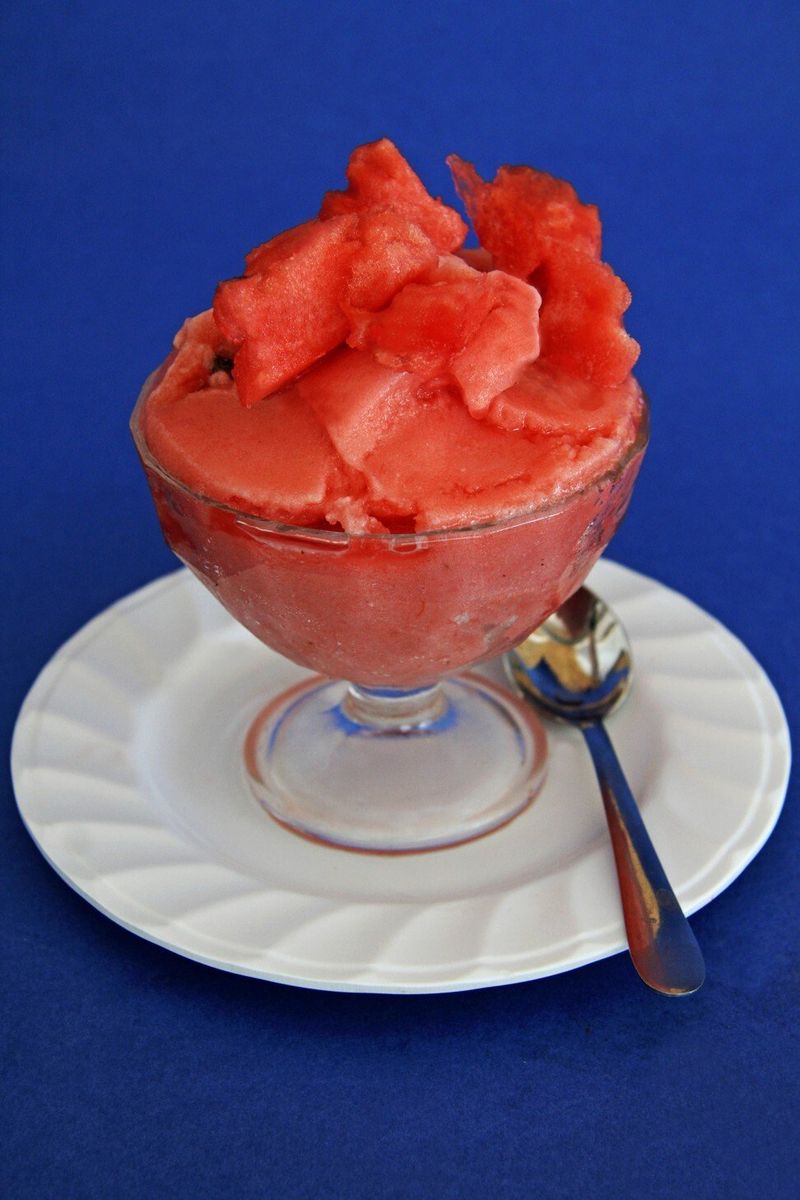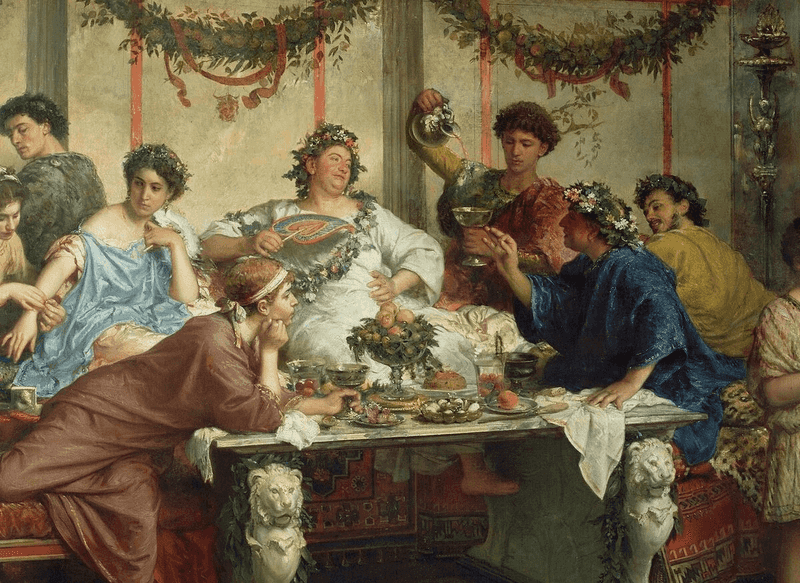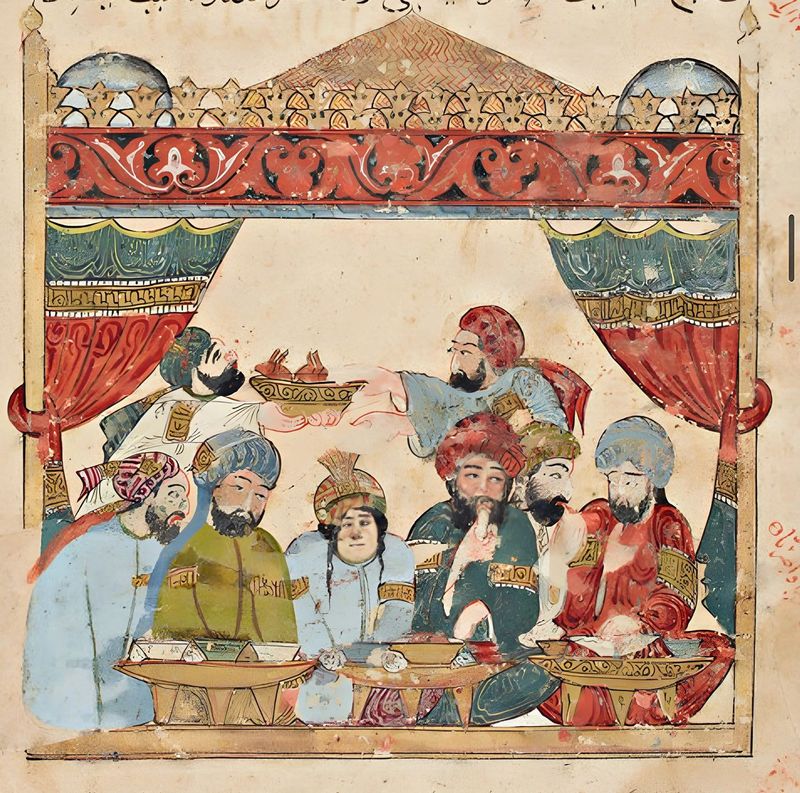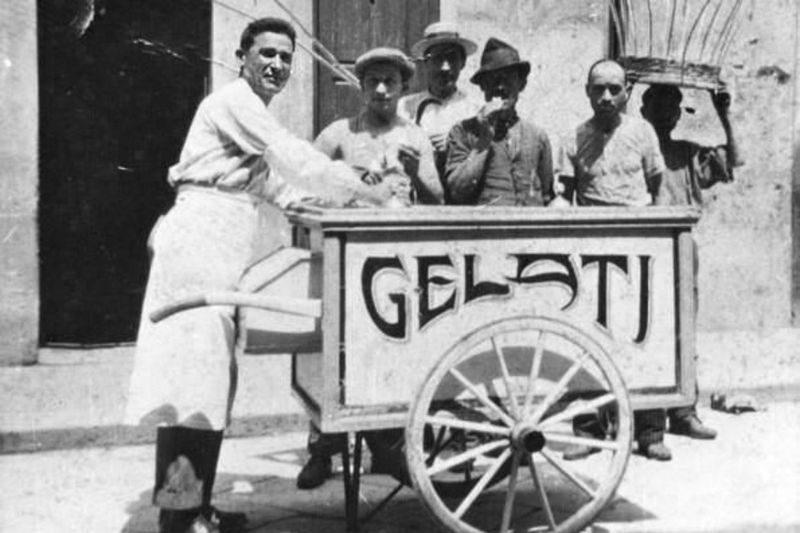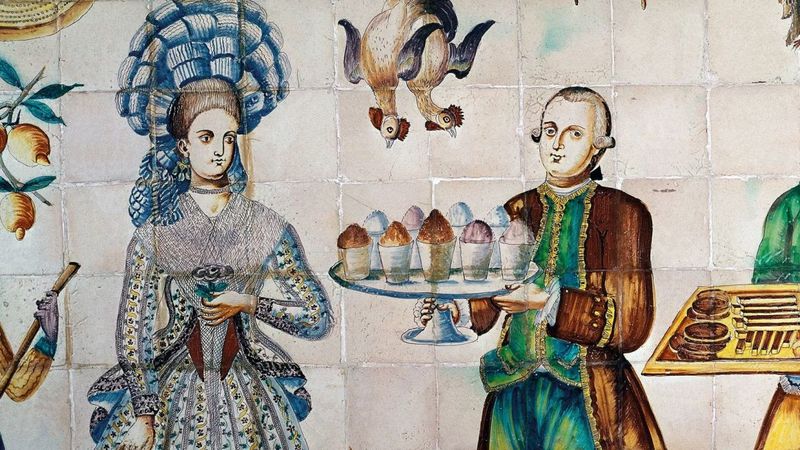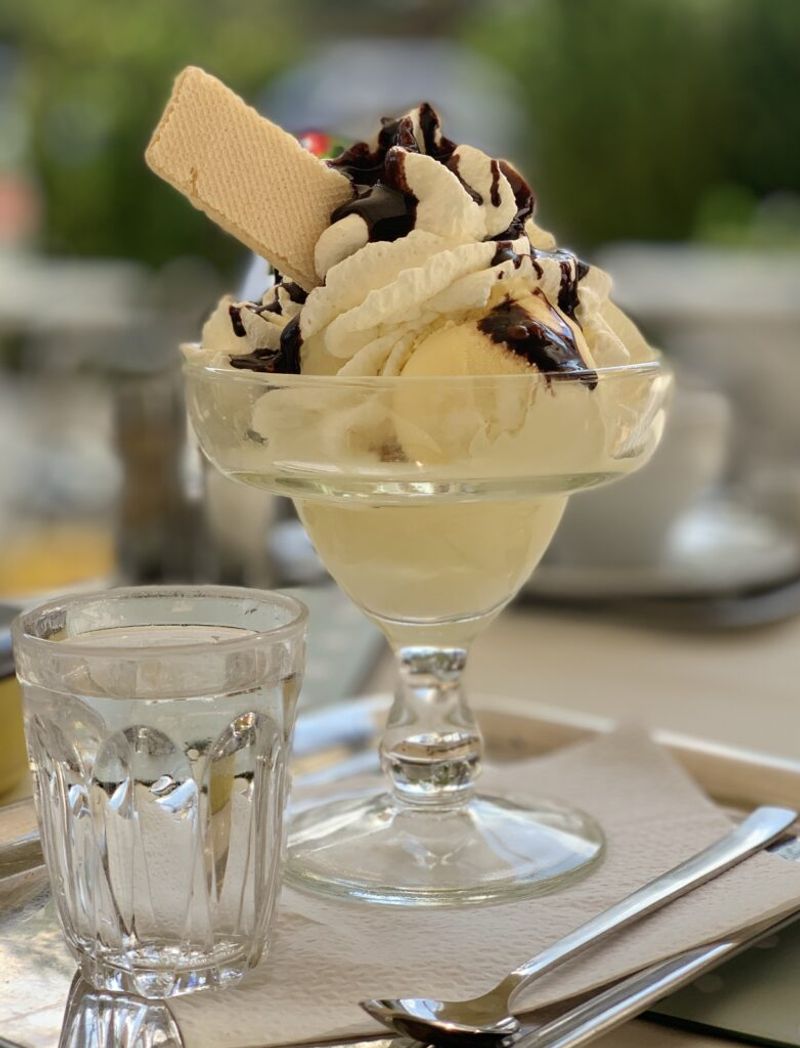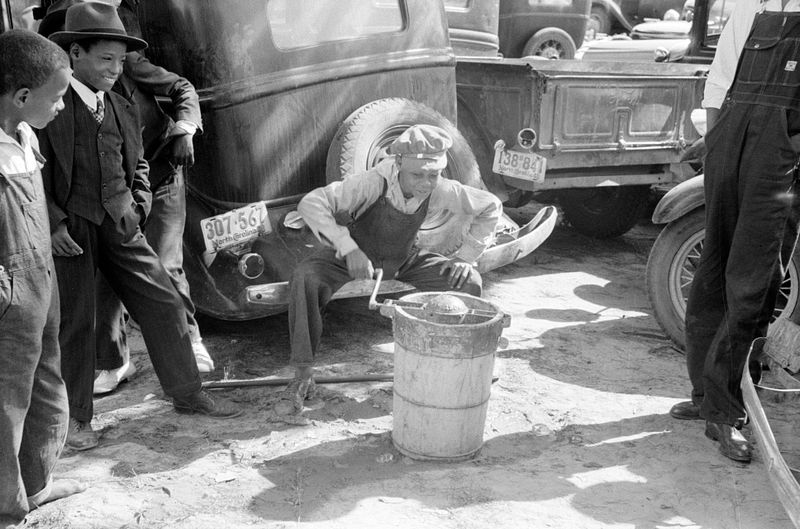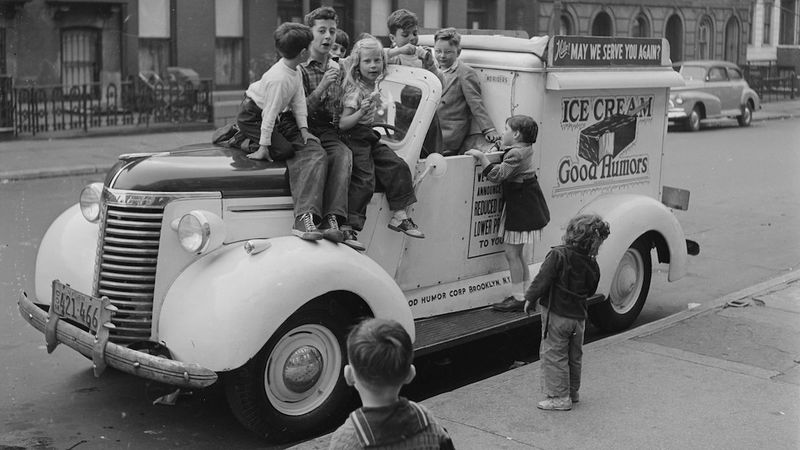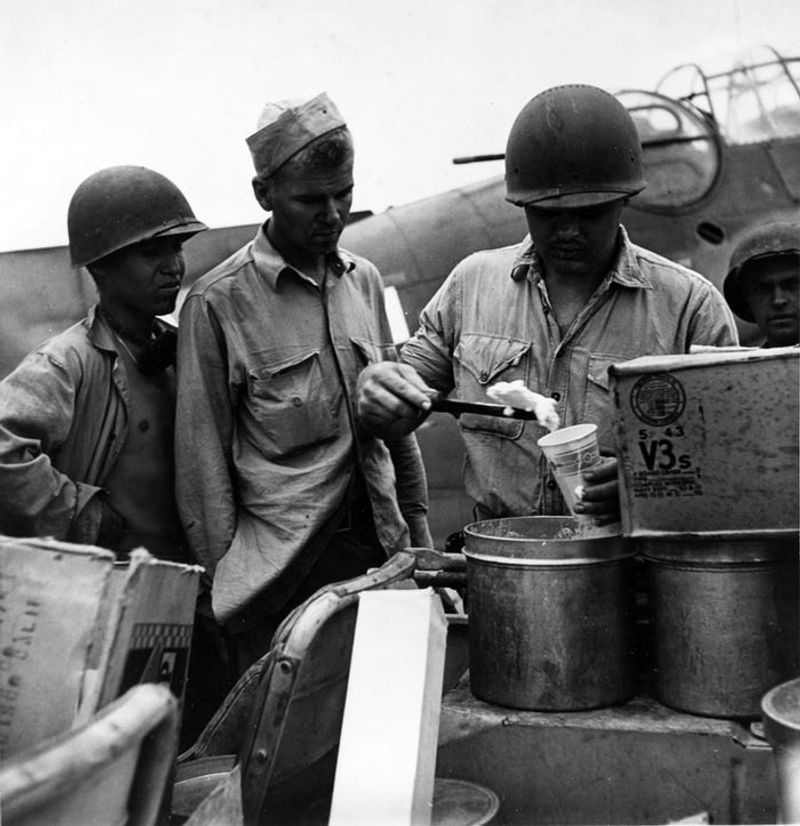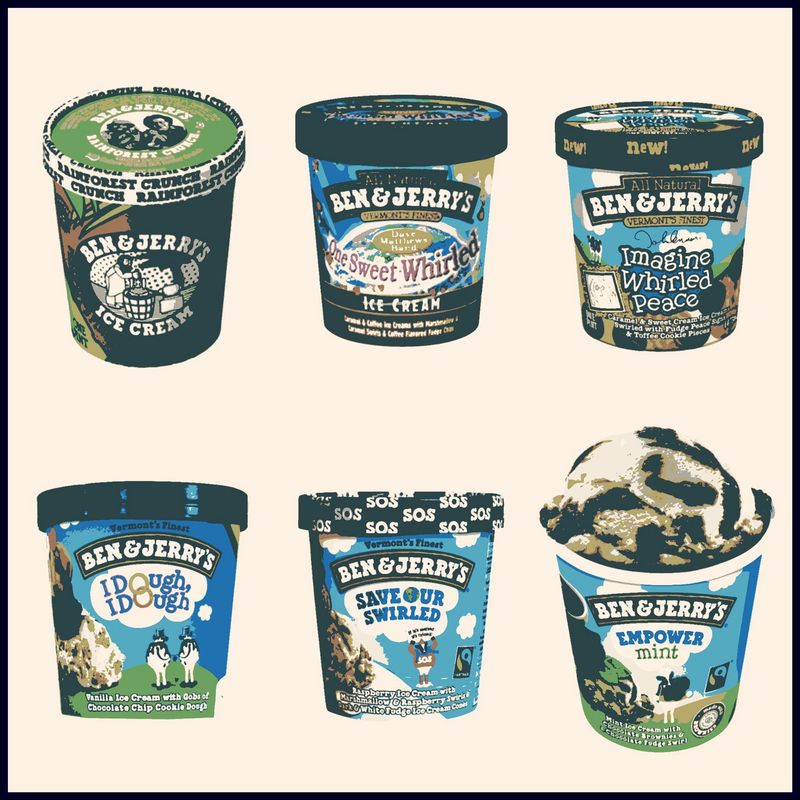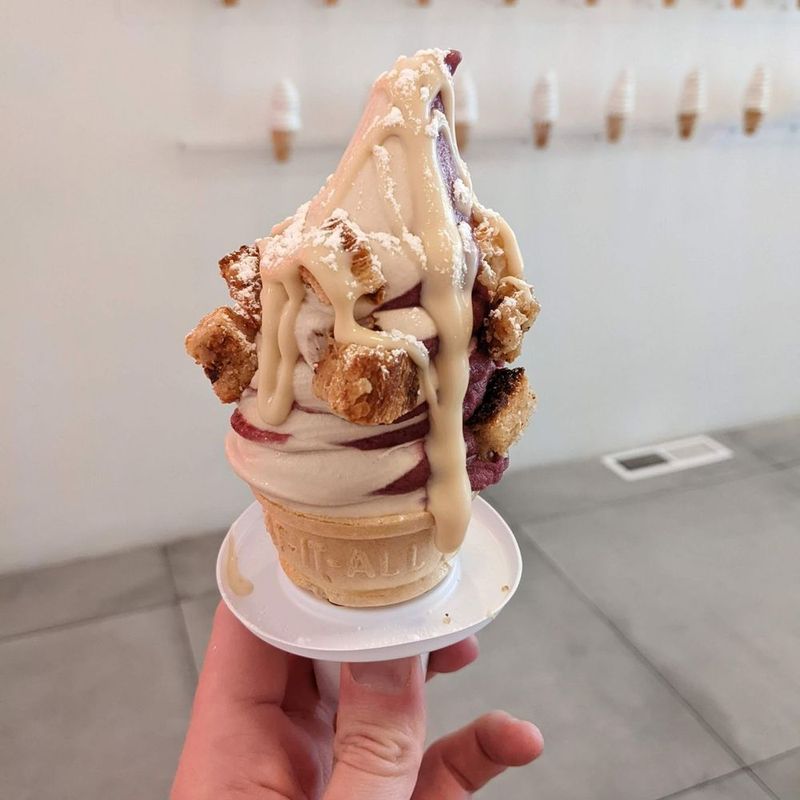Ice cream has a rich and intriguing history that traces back thousands of years. From ancient emperors to modern-day enthusiasts, this delightful dessert has captivated taste buds all over the world. Join us as we explore 15 fascinating facts about ice cream’s journey through time.
You’ll discover surprising origins, inventive flavors, and the cultural impact of this frozen treat. Whether you’re an ice cream aficionado or just curious about its past, these fun facts will surely entertain and educate.
1. Origin in Ancient China
Ice cream’s journey begins in ancient China, around 2000 BC. It’s believed that the Chinese were the first to create a frozen mixture of rice and milk. The mixture was packed in snow to freeze, creating an early form of ice cream.
This treat was reserved for the elite, including emperors who enjoyed its refreshing taste. The method spread through trade routes, influencing other cultures. As ice cream evolved, so did its ingredients and flavors. This ancient origin showcases how ice cream began as a luxurious delight, captivating palates across centuries.
2. Roman Empire’s Frozen Deserts
The Romans were known for their love of opulence, and ice cream was no exception. They combined snow with honey and fruits to create delectable frozen desserts. These treats were served at lavish banquets, pleasing emperors and aristocrats alike.
The snow was transported from mountain tops and preserved in deep pits. This method was labor-intensive, making ice cream a symbol of wealth and status. The Roman Empire’s influence spread ice cream’s popularity across Europe, leaving a lasting legacy in the culinary world.
3. Medieval Arab Innovations
During the medieval period, Arab innovators took ice cream to new heights. They developed a recipe that included milk, sugar, and various flavorings, setting the foundation for modern ice cream.
These frozen delights were sold by street vendors, making them accessible to the masses. Spices like saffron and rose water added a unique touch, reflecting the region’s rich culinary heritage. The Arabic word ‘sherbet’ comes from this era, highlighting the cultural exchange that shaped ice cream’s evolution. This period marks a pivotal moment in the democratization of ice cream.
4. Marco Polo’s Influence
Legend has it that Marco Polo introduced ice cream to Europe after his travels in Asia. He brought back tales of exotic frozen treats, inspiring European chefs to experiment with new techniques.
Although the authenticity of this story is debated, it highlights the cross-cultural exchanges that enriched European cuisine. Ice cream began to appear in royal menus, becoming a favorite among European nobility. This legendary tale symbolizes the global journey of ice cream and its ability to transcend borders, bringing diverse flavors and traditions together.
5. Italian Gelato Emergence
Italy stands at the heart of ice cream’s transformation, with gelato emerging as a beloved variant. In the Renaissance period, Italian chefs experimented with new ingredients, creating rich and creamy textures. Gelato became a staple at Italian weddings and celebrations, cherished for its velvety consistency.
The art of gelato-making was passed down through generations, becoming a family tradition. Italian immigrants later brought gelato to America, spreading its popularity worldwide. Italy’s contribution to ice cream history is a testament to its culinary innovation and passion for flavors.
6. French Royal Indulgence
France’s love affair with ice cream blossomed in the 17th century, particularly among royalty. French chefs crafted exquisite frozen desserts using cream, eggs, and sugar. These creations graced the tables of Louis XIV, known for his extravagant taste. Ice cream became a symbol of elegance, with recipes guarded as family secrets.
French innovations contributed to the development of sorbet and other frozen delights. The nation’s culinary finesse elevated ice cream to an art form, inspiring chefs across Europe to explore new flavors and techniques.
7. First Ice Cream Parlor in Paris
In 1676, Paris witnessed the opening of its first ice cream parlor, “Café Procope.” Founded by Sicilian chef Francesco Procopio dei Coltelli, it became a cultural hub for artists and intellectuals. The café introduced a variety of ice cream flavors, captivating the city’s elite.
This establishment marked the beginning of ice cream’s commercialization, making it more accessible to the public. Café Procope’s success paved the way for future ice cream parlors across Europe, solidifying ice cream’s status as a beloved treat for all.
8. Ice Cream in Colonial America
Ice cream made its way to America during the colonial era, quickly becoming a favorite among settlers. Recipes were often homemade, using ingredients like milk, sugar, and seasonal fruits. Presidents George Washington and Thomas Jefferson were known to indulge in ice cream, hosting ice cream socials at the White House.
This tradition helped popularize ice cream as an American staple. The invention of hand-cranked ice cream freezers in the 19th century made production more efficient, further boosting its popularity across the nation.
9. The Ice Cream Cone Invention
The ice cream cone, a staple of summer treats, was invented at the 1904 World’s Fair in St. Louis. Legend has it that an ice cream vendor ran out of bowls, prompting a Syrian waffle maker to roll his waffles into cones. This creative solution delighted fair-goers and sparked a new way to enjoy ice cream.
The cone’s portability and novelty made it an instant hit. Its invention marked a turning point in ice cream’s accessibility, allowing people to enjoy their favorite flavors on the go. The cone became synonymous with carefree summer days.
10. First Ice Cream Truck
The first ice cream truck hit the streets in the 1920s, revolutionizing ice cream distribution. Harry Burt, an American entrepreneur, pioneered this mobile business model with his Good Humor brand.
Equipped with a patented freezer, the truck brought ice cream directly to neighborhoods, delighting children and adults alike. The joyful jingle of the ice cream truck became a familiar sound, signaling the arrival of icy treats. This innovation expanded ice cream’s reach, making it an integral part of community life and nostalgia.
11. World War II and Ice Cream
During World War II, ice cream played a unique role in boosting morale among soldiers. The U.S. military recognized ice cream’s comforting effect, making it a priority to supply troops with the treat. Floating ice cream parlors were even created on converted ships, bringing a taste of home to those at sea.
This effort showcased ice cream’s emotional impact, providing a moment of joy during challenging times. The war also spurred innovations in ice cream production and storage, paving the way for its post-war popularity surge.
12. The Rise of Soft Serve
The 1950s saw the rise of soft serve ice cream, a creamy and smooth variation that quickly gained popularity. This innovation is attributed to Tom Carvel, who discovered the soft texture when his ice cream truck’s refrigeration system malfunctioned. Soft serve’s unique consistency and ease of production made it a favorite at diners and fast-food chains.
The swirling cones became iconic, symbolizing the carefree spirit of the era. Soft serve’s success laid the foundation for modern ice cream franchises, transforming the dessert landscape forever.
13. Ben & Jerry’s Founding
Ben & Jerry’s, founded in 1978 by Ben Cohen and Jerry Greenfield, revolutionized the ice cream industry with its creative flavors and social activism. The duo started with a small Vermont shop, focusing on quality ingredients and unique concoctions.
Their quirky flavor names and commitment to social causes resonated with consumers, propelling their brand to international fame. Ben & Jerry’s success highlights the power of creativity and community engagement in business. Their legacy continues to inspire new generations of ice cream entrepreneurs.
14. Ice Cream’s Global Impact
Today, ice cream is a global phenomenon, enjoyed by people of all ages. Its spread across continents has led to diverse adaptations, from mochi ice cream in Japan to kulfi in India. Each culture adds its twist, reflecting local tastes and traditions.
The global ice cream market continues to grow, driven by innovation and consumer demand. Ice cream’s journey from ancient luxury to everyday delight underscores its enduring appeal. As we savor each scoop, we’re reminded of the cultural connections and shared joys that ice cream represents worldwide.
15. Modern Vegan Ice Cream
In recent years, vegan ice cream has emerged as a popular option for those seeking plant-based alternatives. Innovations in dairy-free ingredients, such as almond, coconut, and oat milk, have made vegan ice cream delicious and accessible.
This trend reflects a growing awareness of health and sustainability, appealing to a wide audience. Vegan ice cream shops have popped up worldwide, offering creative flavors that rival traditional options. The rise of vegan ice cream highlights the industry’s adaptability and commitment to catering to diverse dietary preferences while maintaining delightful flavors.
